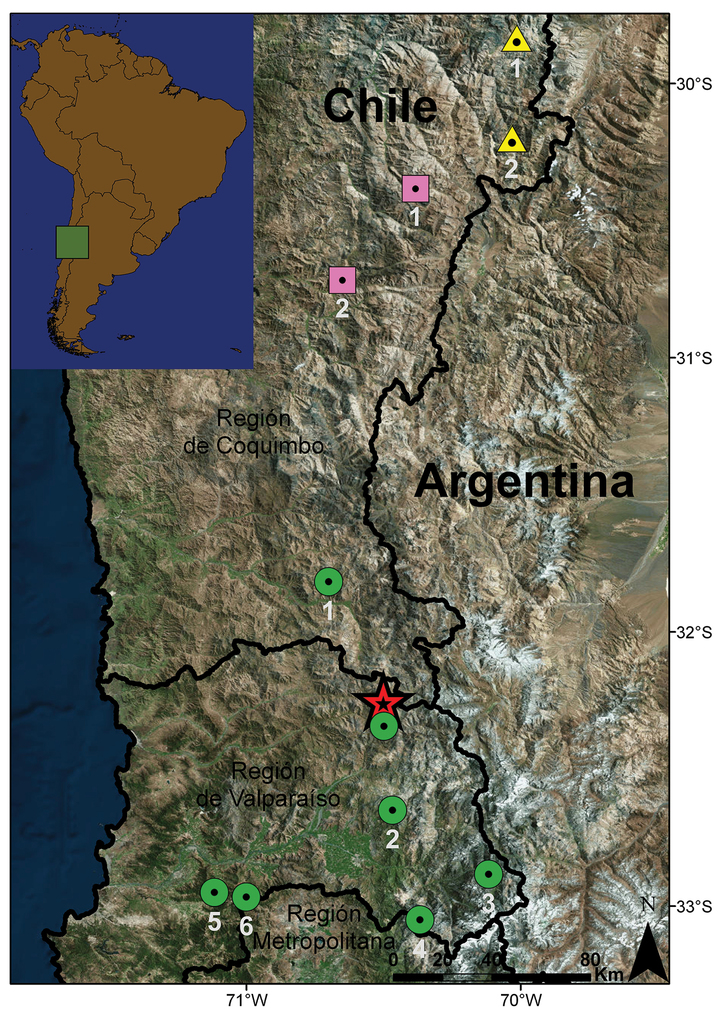Post by Ceratodromeus on Feb 11, 2016 0:41:58 GMT 5

Scientific Classification
Kingdom: Animalia
Phylum: Chordata
Subphylum: Vertebrata
Class: Sauropsida
Order: Reptilia
Infraorder: Iguania
Family: Liolaemidae
Genus: Liolaemus
Species: L.uniformis
Description
The liomaeus negroviridis group that this particular species has been assigned to upon its discovery this year. Species in this group are unique as they are distinctly allopatric(not occuring within the same geographic distribution as one another), though this psecies is found to be sympatric with the smaller L.nigroviridis.The holotype of this species, SSUC Re 674, is an adult male that measured 84mm(3.3in) in snout-ventral length, that was collected from a locality known as the Chepical lagoon in Chile. It is a large representative of this species group, with the largest individual, an adult male, measuring 89mm(3.5in) in snout-ventral length{1}. Sexual dimorphism is present, with the two males measuring 84-89mm(3.3-3.5in), and the three known adult females measuring 67-73mm(2.7-2.8in) in snout-ventral length. This species is fairly uniform in coloration, with dorsal scalature being a copper brown, with some white spotting being present. the ventral side of the lizard is a white with the same copper brown speckling being present. the tail possesses some degree of yellow coloration.
----
{1}A new species of Liolaemus related to L. nigroviridis from the Andean highlands of Central Chile (Iguania, Liolaemidae)

Abstract
The Liolaemus nigroviridis group is a clade of highland lizards endemic to Chile. These species are distributed from northern to central Chile, and currently there are no cases of sympatric distribution. This study describes a new species, Liolaemus uniformis sp. n., from this group, and provides a detailed morphological characterization and mitochondrial phylogeny using cytochrome-b. Liolaemus uniformis was found in sympatry with L. nigroviridis but noticeably differed in size, scalation, and markedly in the color pattern, without sexual dichromatism. This new species has probably been confused with L. monticola and L. bellii, both of which do not belong to the nigroviridis group. The taxonomic issues of this group that remain uncertain are also discussed.
link to paper


